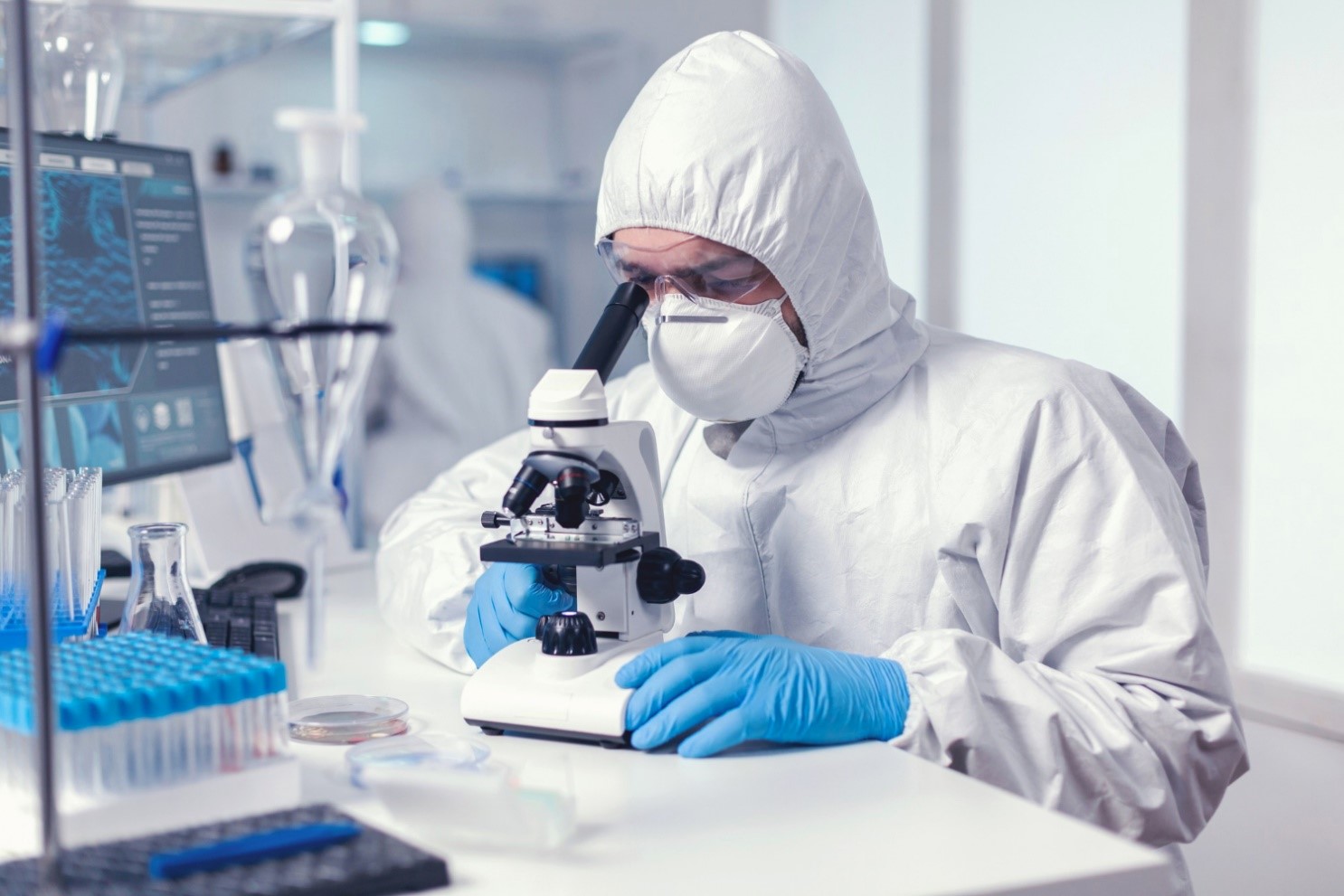Advanced AI-Powered Microscope Effectively Identifies Cases of Malaria in Travelers Upon Their Return
Malaria, a deadly infectious disease claiming over half a million lives annually, has spurred an international team of researchers to explore a novel approach to diagnosis. Traditional methods, reliant on specialized expertise and burdened by high workloads, prompted the investigation into the feasibility of an innovative system that merges an automatic scanning microscope with AI within clinical settings. The results indicated that this integrated system demonstrated a remarkable ability to identify malaria parasites, nearly matching the accuracy of skilled human microscopists. This breakthrough could potentially alleviate the strain on professionals while expanding the capacity to diagnose patients.

Figure 1. Manual Light Microscopy
Figure 1 shows manual light microscopy. Every year, over 200 million individuals fall victim to malaria, with a devastating toll of over 500,000 deaths. To combat this, the World Health Organization prescribes parasite-based diagnosis, necessitating efficient and accurate methods such as conventional light microscopy, rapid diagnostic tests, and PCR.
The gold standard for malaria diagnosis remains manual light microscopy, where an expert scrutinizes blood films for the presence of malaria parasites. Yet, this method's precision relies heavily on the microscopist's skills, which can be compromised by fatigue from excessive workloads.
In a significant study published in Frontiers in Malaria, a global research team assessed the potential of an entirely automated system, combining AI detection software with an automated microscope, to achieve clinically relevant accuracy in diagnosing malaria.
Dr. Roxanne Rees-Channer, a researcher at The Hospital for Tropical Diseases at UCLH in the UK, highlighted, "The AI system achieved an impressive 88% diagnostic accuracy rate compared to microscopists, coming tantalizingly close to expert-level performance. This accomplishment in a clinical context underscores AI's potential as a valuable tool for malaria diagnosis."
The study encompassed over 1,200 blood samples from travelers returning to the UK from malaria-endemic regions. The AI-microscope system's accuracy was rigorously evaluated under optimal clinical conditions, alongside manual light microscopy. Of 113 samples diagnosed as malaria parasite positive by manual assessment, the AI-powered system accurately identified 99, resulting in an 88% accuracy rate.
Dr. Rees-Channer emphasized, "AI's application in medicine often showcases promising initial results but falters in real clinical scenarios. This study's independent assessment validates the AI system's viability in authentic clinical use."
The automated malaria diagnostic system encompasses both hardware and software components. An automated microscopy platform scans blood films, with AI-driven algorithms processing images to detect and quantify malaria parasites.
This automated approach offers several potential advantages. Rees-Channer noted, "Even the most skilled microscopists can succumb to fatigue and errors, especially under heavy workloads. AI-driven malaria diagnosis holds the potential to alleviate this burden and subsequently increase patient capacity."
Despite achieving an 88% accuracy rate, the automated system did produce 122 false positives, potentially leading to unnecessary anti-malarial treatment. Rees-Channer concluded, "While the AI software still falls short of the precision displayed by expert microscopists, this study represents a promising milestone, though not definitive proof of its suitability."
Source: Frontiers
Cite this article:
Hana M (2023), Advanced AI-Powered Microscope Effectively Identifies Cases of Malaria in Travelers Upon Their Return, AnaTechmaz, pp.492

